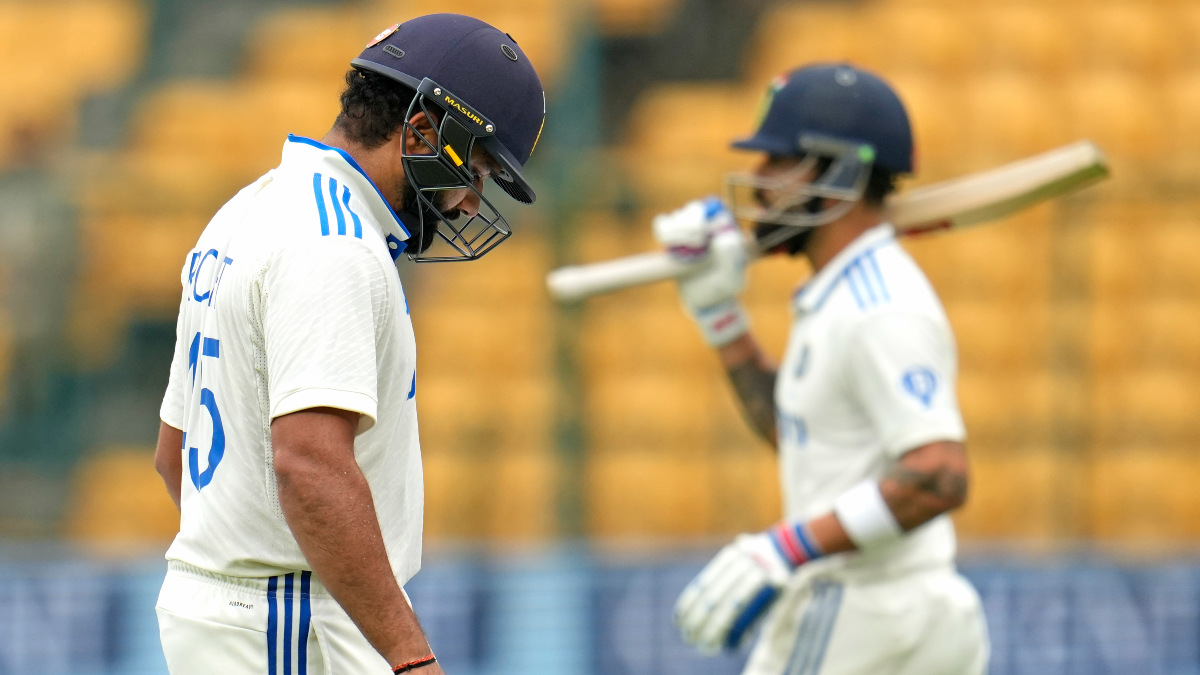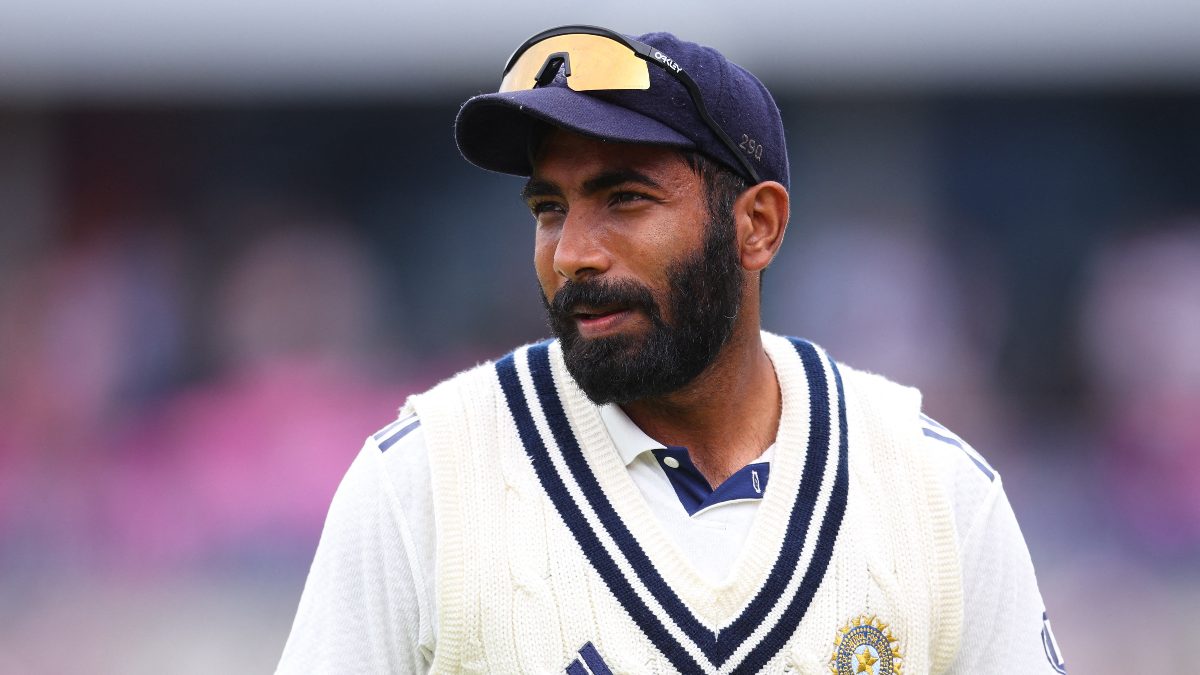Did India’s team selection decide their decision at the toss? Or was their choice to bat first the outcome of having read the surface, and the conditions, wrong?
It’s a debate that will rage on for a while to come. The bottom line is that no matter what influenced their call to buck logic and choose to bite the bullet instead, their vaunted batting group gave a very poor account of itself .
The circumstances leading into that decision are thus. Day one of the first Test against New Zealand on Wednesday was a non-starter owing to persistent rain, reducing the opening salvo of the three-match series to a four-day affair. In the couple of days leading up to the abandonment of the first day’s play, the pitch at the M Chinnaswamy Stadium ‘sweated’ under the covers because of sustained precipitation, which meant there was surface dampness even if the base might have been a little drier.
In Kanpur against Bangladesh last month, under far less pacer-friendly conditions, India went in with three quicks and stuck the visitors into bat. The conditions perhaps weren’t that favourable for bowling, yet India’s versatile and highly-skilled bowling unit sent Bangladesh packing for 233, a development that, coupled with their magnificence with the bat, allowed them to complete a seven-wicket victory despite 235 overs of play being lost over the first three days.
Here, everything pointed to a bowl-first approach, but surprisingly, India left out Akash Deep, the impressive pacer who has caught the eye in each of his three appearances this year and plumped instead to bolster their spin resources by bringing in Kuldeep Yadav. It’s possible that their reading of the pitch resulted in Kuldeep’s inclusion; the choice to bat was also in keeping with India’s mindset of taking the bull by the horns in their quest for excellence, if not perfection.
Impact Shorts
More ShortsLIVE | India vs New Zealand, 1st Test in Bengaluru, Day 2
But for that to translate to reality, the batting group had to be disciplined. It needed to apply itself, to see off potentially a tricky hour or so against an excellent Kiwi pace attack that must have felt it was in Christchurch, not at the Chinnaswamy. The dampness assisted fierce lateral movement for Tim Southee, Matt Henry and the towering William O’Rourke, so playing late and close to the body, willing to bat time and forgetting about runs for a while, and setting ego aside were the need of the hour.
That became even more inevitable once it was clear that Shubman Gill would play no part in this contest. After a difficult start to his new role at No 3, the Punjab right-hander has come into his own since February, with three centuries in his last six Tests. But a stiff neck that has bugged him since Monday meant Sarfaraz Khan would come into the XI instead, leaving a reasonable hole at the pivotal one-drop position.
Rohit himself was the first to perish, bowled through the gate by Tim Southee as he came down to track to negate movement but was undone by the scrambled-seam ball that ducked in late. Just as a reasonable-sized gathering was bracing itself to welcome KL Rahul to the crease, it was instead energised by the sight of Virat Kohli, who has batted at No 3 only six times previously in Tests and has a highest score of 41 at that number.
Rahul has been a pedigreed opener who has moved down the batting order to the middle order only in the last 10 months. As a one-off, he would have been a better bet against the new ball, a challenge he has encountered most of his adult life. The Kohli promotion and the desire for Rahul to bat only at No. 5 or No. 6 meant Sarfaraz also had to bat out of position, at No. 4. In the event, not one of Kohli, Sarfaraz or Rahul troubled the scorers, lasting a mere 18 deliveries between them.
These were just three of five ducks in the Indian tally of 46, their third lowest Test score ever and comfortably their lowest on Indian soil, well below their 75 all out against West Indies in Delhi in 1987. It was the first time India had registered as many blobs in a Test at home since Mohali in October 1999, when they were shot out for 83 by a Dion Nash-inspired New Zealand. More worryingly, it was the second instance this calendar year alone of India recording five zeroes or more in a Test innings – in Cape Town in January, there were six ducks in India’s first innings when they lost their last six wickets without the addition of a single run to be shot out for 153 on a treacherous track.
Thursday’s 46 bore an eerily similar resemblance to 36 all out against Australia in Adelaide in December 2020. But this time, India had the opportunity to do something different, to ask the Kiwis to bat first, to use their expertise with the new ball and the help from the overhead and underfoot conditions to move into a position of ascendancy. That they chose not to do so and therefore find themselves in a huge hole of their own making is not a conclusion arrived at with the benefit of hindsight.
If the sight of Rohit and Yashasvi Jaiswal walking out to bat at 9.15 was surprising, the lack of commitment to the cause was staggering. Their technical inadequacies were laid threadbare as the ball jagged around repeatedly, while New Zealand, scarcely believing their good fortune, caught everything that came their way while also turning half-chances into stunning grabs. It was high risk by India, high reward for New Zealand, who will now certainly fancy their first Test win in India since 1988. What a turnaround that will be for a side that wiped the floor in Sri Lanka just last month in a two-Test series.


)

)
)
)
)
)
)
)
)



